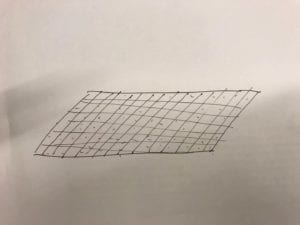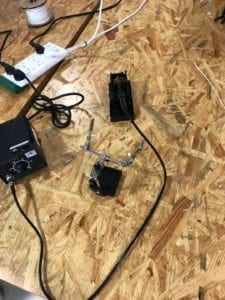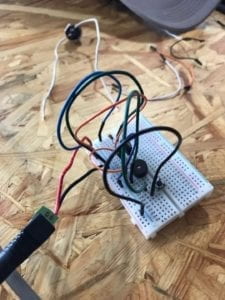Recitation
This week we dug deeper into Arduino so the recitation is all about hands-on Arduino builds. In class, we are given our own Arduino kits and we had to build three circuit boards. Since I didn’t bring my converter and couldn’t plug in the computer, we had to use my partner’s computer for file uploading.
The first circuit is called fade. We made several silly mistakes such as forgetting to plug the cable into the computer, not noticing the difference between LED light wire lengths, et cetera.
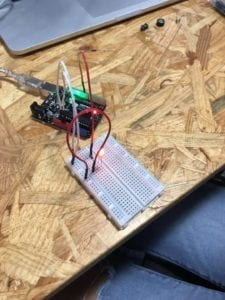
The second circuit is called toneMelody. It was surprisingly easier than the first circuit, but the volume is very low with a noisy atmosphere.
The last circuit is called Speed Game. Looking at the demonstration graph, I saw many wires intertwined which looked a bit intimidating. Therefore, we missed out some cables several times. At first, we used the small buttons, then changed them into larger ones for a larger area of contact. Finally, it worked well as such.
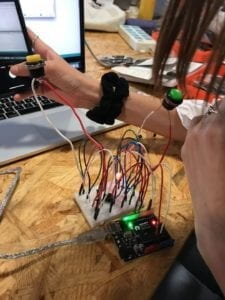
In conclusion, Arduino can be fun and effective, but details should be paid due attention to. A miss is as good as a mile.
Questions
Question 1: After reading Introduction to Physical Computing, I define interaction as a combination of accelerated conscious thinking. In the reading, the author mentions that we see the computer as the computing process, a tool of storage and processing, and it’s similar to human thinking. Meanwhile, the computer sees us as merely an eye and a finger. When the human provides the consciousness that the computer doesn’t possess, the computer provides faster thinking speed, that’s what I define as interaction.
Question 2: We used the 10K resistor with the push button because, with high resistance, the electric current would be very low, protecting the user’s safety.
Question 3: If I had 100,000 LEDs of any brightness and color at my disposal, I would put the LEDs in a large glass board to display different colors according to the user’s mood and display text reminding the user’s daily schedule and I would put it on the floor. Below is my drawing.
